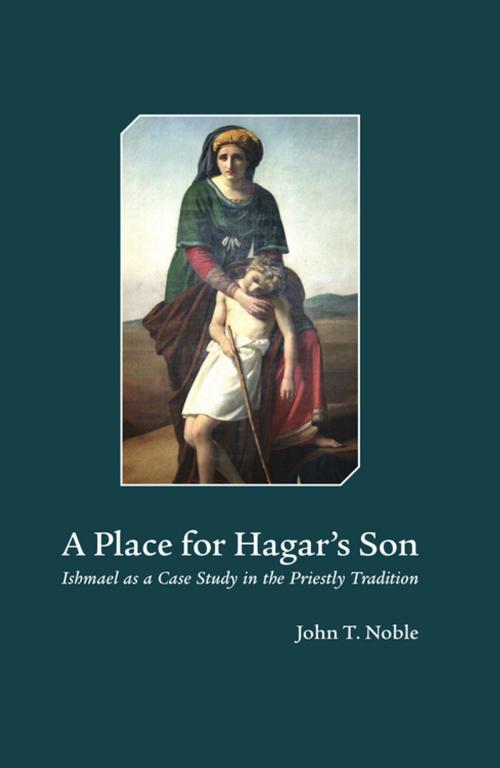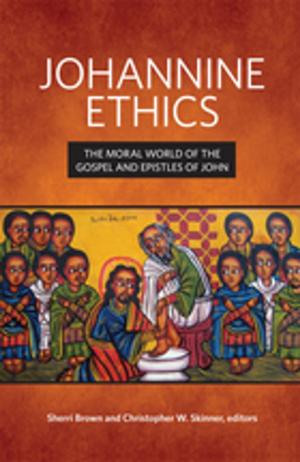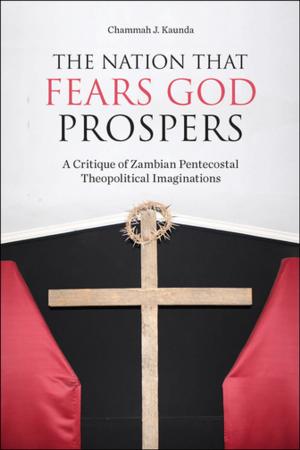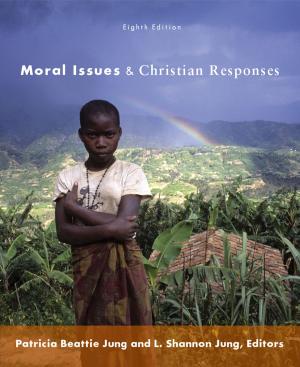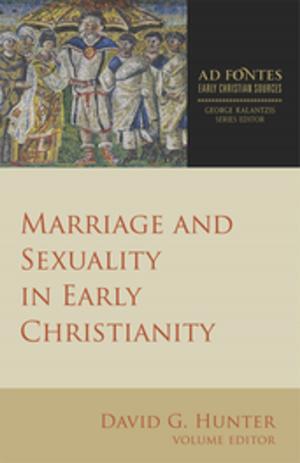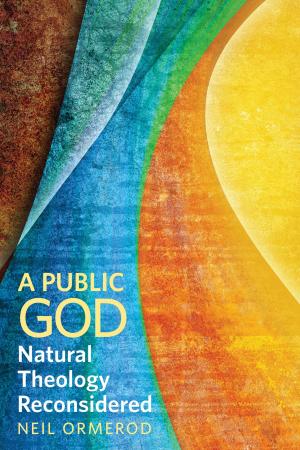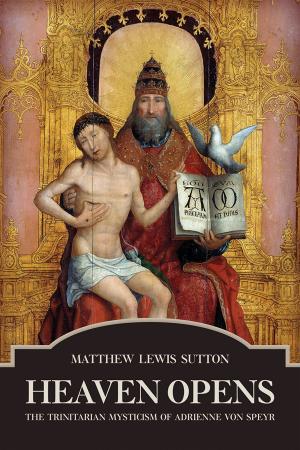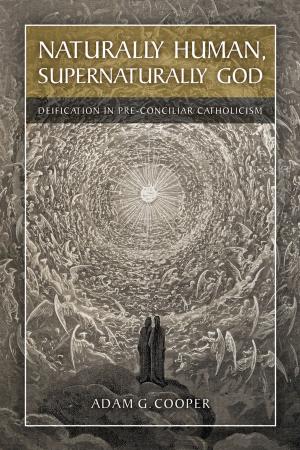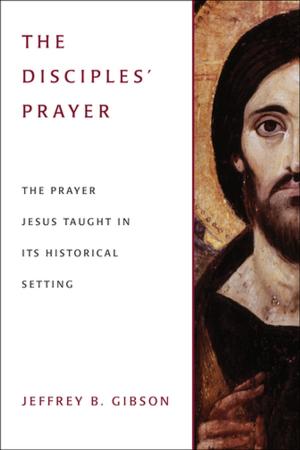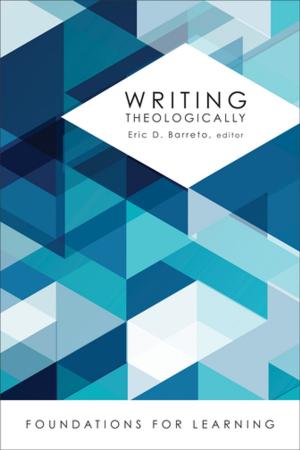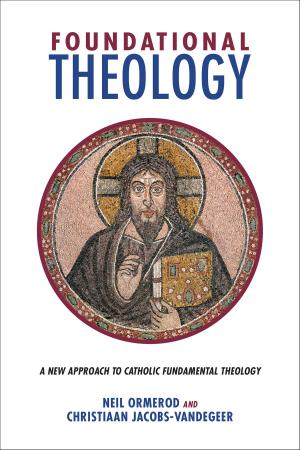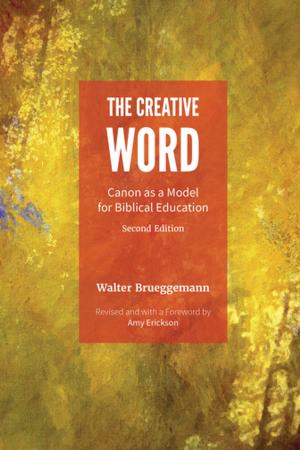A Place for Hagar's Son
Ishmael as a Case Study in the Priestly Tradition
Nonfiction, Religion & Spirituality, Bible & Bible Studies, Study, Old Testament, Commentaries| Author: | John T. Noble | ISBN: | 9781506402017 |
| Publisher: | Fortress Press | Publication: | June 3, 2016 |
| Imprint: | Fortress Press | Language: | English |
| Author: | John T. Noble |
| ISBN: | 9781506402017 |
| Publisher: | Fortress Press |
| Publication: | June 3, 2016 |
| Imprint: | Fortress Press |
| Language: | English |
The profound ambivalence of the biblical portrayals of Hagar and Ishmael—dispossessed, yet protected; abandoned, yet given promises that rival those of the covenant with Abraham—belies easy characterizations of the Pentateuch’s writers. In particular, John T. Noble argues, conventional characterizations of the Priestly writers’ view of covenant have failed to take into account the significance of these two “non-chosen” figures.
Noble carefully examines their roles and depictions in the P and non-P Genesis traditions, comparing them to other “non-chosen” figures and to patterns found in Exodus traditions and the patriarchal promises to Abraham, showing that Ishmael is clearly favored, though not chosen. Indeed, Noble argues, Ishmael must be seen as a key figure in the Priestly material, highlighting the relationship between Noahic and Abrahamic covenants. His ambiguous status calls for reconsideration of the goals and values of the Priestly work, which Noble sketches around themes of covenant, fertility, life, and the future of nations.
The profound ambivalence of the biblical portrayals of Hagar and Ishmael—dispossessed, yet protected; abandoned, yet given promises that rival those of the covenant with Abraham—belies easy characterizations of the Pentateuch’s writers. In particular, John T. Noble argues, conventional characterizations of the Priestly writers’ view of covenant have failed to take into account the significance of these two “non-chosen” figures.
Noble carefully examines their roles and depictions in the P and non-P Genesis traditions, comparing them to other “non-chosen” figures and to patterns found in Exodus traditions and the patriarchal promises to Abraham, showing that Ishmael is clearly favored, though not chosen. Indeed, Noble argues, Ishmael must be seen as a key figure in the Priestly material, highlighting the relationship between Noahic and Abrahamic covenants. His ambiguous status calls for reconsideration of the goals and values of the Priestly work, which Noble sketches around themes of covenant, fertility, life, and the future of nations.
